|
It was another bumpy ride this past year, with many of us feeling as though we were on an endless roller coaster ride. So as we usher in the New Year, let’s be optimistic and forge ahead by embracing new adventures, tackling our bucket lists, and celebrating one another! Be kind, be gentle, and step into the New Year with grace and dignity! To quote Rumi, “Raise your words, not voice. It is rain that grows flowers, not thunder.” I’m kicking off 2022 with six red wine recommendations and food pairings that are sure to please your palate and warm your heart and soul during the long winter months! Volver Tempranillo Single Vineyard 2018 Bodegas Volver was founded in 2004 by fourth generation viticulturist Rafael Cañizares. This 100% Tempranillo wine is sourced from a high-altitude (2000+ ft.) single vineyard called Finca Los Juncares, located in the eastern part of DO La Mancha, Spain. Fermentation takes place in new French oak barrels, and the wine is then aged for 15 months. Nose: Dark fruit, anise, and baking spice. Palate: Juicy blackberry, sour cherry, and plum with notes of mocha, kirsch, and toast lingering on a long finish. Alcohol: 15% SRP: $16 Pairings: Grilled meat, stews, tapas, or roasted lamb. Riva Leone Barbaresco DOCG 2017 This delicious wine is 100% Nebbiolo, sourced from vineyards in the Piedmont region of Italy. It is aged for a minimum of two years in oak, of which one year is in French and American oak barrels. Nose: Red fruit, cherry, spice, a touch of rose petals, and earth. Palate: Tart black cherry, red plum, pomegranate, berries, spice, and fennel. It is beautifully balanced with soft tannins and a long finish. Alcohol: 14% SRP: $25 Pairings: Roasted meat, fowl, seared tuna, risotto, hearty stews, or aged cheese. Wilson Winery Three Dog Zin 2019 Founded in 1992, Wilson Winery is located in Dry Creek Valley, Healdsburg, in Sonoma County, CA. This whimsical label features original art from local artist Mylette Lynch. A portion of proceeds from each bottle sold is donated to local animal shelters and non-profit rescues to support adoption services, medical care, and more. The wine is 100% Zinfandel aged for 22 months in French and American oak. Nose: Fresh red berries, spice, and floral. Palate: Lush notes of strawberry, pomegranate, baking spice, and fennel. Nicely balanced acidity and tannins with a long finish of spice and berries lingering on the palate. Alcohol: 15.7% SRP: $32 Pairings: Grilled meat, tuna, hearty stews, or pasta with prosciutto and fontina. Borsao Tres Pico Garnacha 2019 Bodegas Borsao established the Cooperative of Borja in 1958, which is a group of winegrowers dedicated to preserving the quality and integrity of Garnacha. Located in DO Campo de Borja, Spain, the grapes for this 100% Garnacha were sourced from vineyards in the famous Moncayo mountain. This flagship wine was the first 100% Garnacha wine produced in Spain in 2000. The wine is aged five to six months in new bordelaise barrels of French oak. Nose: Beautiful aromas of floral, red fruit, and a touch of spice. Palate: Dark plum, blackberry, black raspberry, baking spice, and vanilla. It is a well-structured and rich wine with smooth tannins and a long finish. Alcohol: 15% SRP: $19 Pairings: Barbecue, grilled vegetables, rice and pasta-based dishes, cheese, and hearty stews. Quatro Quarti Nero d’Avola Appassimento Sicilia DOC 2019 This wine is produced by Cantine Ermes, founded in 1998 in the heart of Belice Valley in Sicily. They have an impressive 10,592 hectares of vineyards spread across Sicily. Once harvested, Nero d’Avola grapes are slightly dried (appassimento) in a special room to go through the natural process of dehydration. After fermentation, the wine ages for four months in French oak barrels. Nose: Ripe berries, spice, and a touch of floral. Palate: Lush dark berries, dried fruit, a hint of vanilla, and silky tannins with spice and cocoa lingering on the finish. Alcohol: 14% SRP: $10-$15 Pairings: Pasta, Grilled meat, chicken, cheese, stews, or risotto. Time Waits For No One Red 2020 Finca Bacara, founded in 2016, is a winery located in Jumilla, in southeast Spain. The vineyards are certified organic, and this wine is 100% Monastrell, a hardy grape capable of withstanding extreme heat and drought. I had the opportunity to taste this wine while visiting Jumilla in November. With the New Year upon us, I find this quote about the wine from Finca Bacara very timely. “How often do you talk about the concept of Time in a conversation? “Life is short and every time is limited.” “We should spend more time together.” “Live the moment to the fullness” … The name of this wine came to us in one of those random conversations. Then we elaborated the idea with more attention to detail and, of course, our time. So enjoy it your way and explore the meaning of time. It's as simple as that. Crafted with care for random conversations.” Nose: Intense ripe fruit, smokey, with a hint of herbs. Palate: Lush red fruit, spice, balsamic notes, with nicely balanced tannins and acidity. Alcohol: 14% SRP: $15 Pairings: Grilled meat, fowl, pasta, paella, or charcuterie and cheese board. I wish everyone a healthy, happy, and safe New Year!
Until next time… Cheers! Penina To leave a comment or if you have an inquiry, please contact me at [email protected] With the heat index soaring past 105° this past weekend, my main objective was to stay hydrated with lots of water. However as each evening approached and temps cooled down slightly, I happily reached for a bottle of chilled wine to gratify my palate. The following wines were well received and definitely refreshing! Last week I wrote about several wines from the Cariñena wine region located in the Ebro Valley of northern Spain. It is the largest and oldest of the Aragonese DOs (Denominación de Origen). Another example of wine from this region comes from Grandes Vinos y Viñedos winery founded in 1997 and it is comprised of 14 small wineries in the Cariñena D.O. Each of these small wineries has its own label and distinctive seal that reflects its unique micro-terroirs. The most recent winery added to Grandes Vinos y Viñedos was in 2012 and is called El Circo. It is a tribute to the circus industry and is inspired by the world-renowned “Cirque du Soleil”. Each wine is connected to a circus act or performer. The wine is meant to “reach out to the world and spread their love, joy, and passion for wine all around the world.” The Payaso wine label depicts a clown, “a symbol of happiness and freshness.” El Circo Payaso Garnacha Rosé 2018 is 100% Garnacha. Grapes are sourced from over 40-year-old vines in the Cosuenda vineyard, which sits at an elevation of about 600 meters above sea level. A festive bright pink color sets the stage for aromas of fresh berries, watermelon and floral notes. A palate of creamy strawberry that is reminiscent of chocolate filled bonbons followed by notes of raspberry with hints of citrus and herbs make this a nicely balanced wine. Crisp acidity and fresh fruit are a palate pleaser. Serve with paella, seafood and Risotto. Alcohol: 13% SRP: $9.99 Another cool and refreshing wine is Domaine Bousquet Sauvignon Blanc. Domaine Bousquet wines are consistently good and I particularly enjoy their white wines. They are located in Tupungato, Alto Gualtallary at the foothills of the Andes in Argentina where their vineyards sit at 4000 ft. altitude. This high altitude sub-region of the Uco Valley experiences a cool climate with gravel and sandy soils, which in turn produces lively, fruit-forward, juicy wines. All the Domaine Bousquet wines are made from 100% organic fruit. Domaine Bousquet Sauvignon Blanc 2019 is 100% Sauvignon Blanc.
This is a dry and refreshing wine with a pale yellow color and aromas of citrus, tropical fruit and grapefruit. A palate of juicy citrus, crisp acidity and a trace of pineapple lingering on the finish make this an ideal wine to drink as an aperitif. It also pairs nicely with seafood, light salads and spicy Asian cuisine. Alcohol: 12.5% SRP: $13 To read more about the Cariñena wine region and Domaine Bousquet please click a selection under ‘Categories’ to the right of this page. Whatever you choose to drink during hot weather, please make sure to balance it with lots of water! Until next time… Cheers! Penina To leave a comment or if you have an inquiry, please contact me at [email protected] Cariñena wine region is the largest and oldest of the Aragonese DOs (Denominación de Origen) located in the Ebro Valley of northern Spain. It is sited to the south of the Ebro River, which is the second-longest river in the Iberian Peninsula. Cariñena was awarded DO status in 1932 making it one of Spain’s earliest areas to be demarcated. However, its winemaking history dates back to before Roman times. In the 15th century, the wines from Cariñena were the top choice for King Ferdinand I of Aragon as well as Voltaire, the French philosopher. Cariñena is a native red wine grape that most likely has its origins in Cariñena. This grape is also known as Carginan in France. It is thought that this grape was transplanted from the northern region of Spain to other parts of the world. Cariñena and Garnacha are the major red grapes grown in this region with Garnacha being the most widely planted. The majority of the wines made here are from Garnacha grapes. Small quantities of other local and international red and white grapes are grown here as well. Many wine styles are produced in Cariñena such as dry white wines, oak-aged reds, rosés, sparkling, fortified and sweet wines. Most of the vineyards in Cariñena are located at altitudes between 1,300 to 2,600 feet with vines on average between 30 to 100 years old. Soil is mostly composed of slate, limestone over rock and alluvial soils. The climate is Continental with cold winters and hot summers. In addition to the dramatic day and night temperature variations, the dry and cold Cierzo wind helps to moderate the semiarid climate in the summer. All of this contributes to the characteristics and intensity of the grapes and also slows down the ripening process and helps to soften the tannins. Here are two samples of Cariñena wines. Bodegas Paniza Fábula Garnacha Rosada DO 2018 Bodegas Paniza is a cooperative with approximately 300 winegrowers, established in 1953. Most of the vineyards are located in the highest altitudes of Cariñena. This wine is 100% Garnacha. Grapes were handpicked from vineyards located at an altitude of 2,297 feet with soil comprised of schist, chalk, loams and red clay. An inviting vibrant coral pink color sets the stage for this easy-drinking wine. Aromas of strawberry, raspberry and floral segue onto the palate with a hint of lemon zest on the finish. This is a dry, light and refreshing wine with just the right amount of acidity. Serve with seafood, light pasta and salads. Alcohol: 13.5% SRP: $8.99 Bodegas San Valero Particular Chardonnay Fermentado En Barrica DO 2017 Bodegas San Valero is a cooperative established in 1944. There are approximately 700 growers with vineyards covering a 3,500 hectares area at an altitude between 400 and 800 meters. This wine is 100% Chardonnay. Grapes were handpicked from high altitude vineyards. This wine was aged in French oak barrels for three months with weekly stirring of the settled lees back into the wine. This process helps to extract flavor, aroma and texture. A soft yellow color with green hues gives way to a very aromatic wine filled with white flowers, fresh fruit and hints of sweet apple and hazelnut. Pear, pineapple, vanilla, floral and hints of toasted nuts add to the creamy mouthfeel and richness of this wine. Serve as an aperitif or with seafood, grilled white meat and appetizers.
Alcohol: 12.5% SRP: $10-$15 The above wines have whetted my palate and I’m ready to explore more wines from Cariñena! Are you? Until next time… Cheers! Penina To leave a comment or if you have an inquiry, please contact me at [email protected] Navarra is one of seventeen autonomous regions in Spain located in the north-central end of the country, southwest of the Pyrenees and adjacent to France. Navarra’s capital, Pamplona, is world-famous for the Running of The Bulls. Ernest Hemingway’s passion for watching bullfights and his curiosity about the Running of The Bulls brought him to visit Pamplona several times. After experiencing The Running of The Bulls on his trip in 1925, he began writing the novel, “The Sun Also Rises” based on real people and events that took place on that particular visit. The book was published in 1926. Navarra is not just about bulls, however. It is steeped in history, has at least fifty natural preserves, offers quality cuisine and is a D.O. (Denominación de Origen or Designation of Origin) wine region. The Navarra D.O. was created in 1933 and there are approximately 11,500 hectares of vineyards that occupy about half the area of the municipal region. Although Navarra is a small region there are three climates. The Atlantic climate is cool and humid, Continental climate is transitional with extreme winters and summers and the Mediterranean climate is semi-arid with moderate winters and hot summers Due to Navarra’s diverse topography and climate, five distinct winemaking subzones were established within the D.O: Ribera Baja, Ribera Alta, Tierra Estella, Valdizarbe and Baja Montaña. A wide range of soils can be found in each subzone, adding to the characteristics and expression of the wines produced. The principal grape varieties found in Navarra are Chardonnay, Garnacha Blanca, Malvasia, Moscatel de grano menudo, Sauvignon Blanc, Viura, Cabernet Sauvignon, Garnacha Tinta, Graciano, Merlot, Mazuelo, Pinot Noir, Syrah and Tempranillo. Wines of Navarra recently sent me two samples from the subzones of Ribera Alta and Valdizarbe. Bodega Inurrieta is a family-owned winery located in Falces, about 45 minutes south of Pamplona and is in the Ribera Alta subzone. “Inurrieta” in Spanish means “area of ants” and is a tribute to the current owners of the winery, the family Antoñana. The winery was founded in 1999. The climate in Ribera Alta is Mediterranean-Continental with very little rainfall, cold winters and hot summers. Bodega Inurrieta has 230 hectares of vineyards planted on three elevations, each with a different soil makeup. Sand and silt are on the first level, a significant amount of clay on the second level and fragmented limestone bed on the third level. They grow six different grape varieties, one of which is Sauvignon Blanc. Inurrieta Orchídea 2018 is 100% Sauvignon Blanc. The color is pale lemon with inviting floral aromas mixed with citrus, pear and pineapple. The palate offers pear, grapefruit, honeysuckle and a touch of lemon zest on the finish. It has a beautiful balance of mouthwatering acidity and a creamy mouthfeel due to four months of tank aging on fine lees. It’s very refreshing and the value is amazing! Alcohol: 13% SRP: $12 Bodegas Nekeas, once a cooperative in the valley, (The Valley of Nekeas) is now a privately owned winery located in Añorbe, a municipality in the subzone of Valdizarbe. It’s origins date back to the 15th century but it was brought back to life in the 1960s. All eight founding families remain in control today. Valdizarbe is at the northern boundary of D.O. Navarra’s vineyards. The subzone climate is humid and lush with greenery and vegetation. Soil type in the vineyards is dependent upon the elevation. Bodegas Nekeas has 560 acres of planted vines where they grow both indigenous and international grape varieties. Bodegas Nekeas El Chaparral de Vega Sindoa 2016 is 100% Garnacha. El Chaparral is named after a small Spanish oak tree called Chaparro that surrounds the area where the vineyards are found. The grapes for this wine were hand harvested from vines between 85 and 110 years old that are situated in the Valley of Valdizarbe at an altitude of 1,800 – 2,000 ft. It is believed that these Garnacha plots are the most northern in Spain and the closest to the Atlantic Ocean. The climate here is Continental with both Mediterranean and Atlantic influences. The wine was aged for five months in new and used French oak.
The color of the wine is dark ruby bordering on garnet. Aromas of raspberry, sweet flowers and spice segue onto the palate with red plum, baking spice, vanilla and a touch of pepper on a long finish. The wine is perfectly balanced and is rich and smooth with a playful mouthfeel. Alcohol: 15% SRP: $15 Both wines are light and easy to drink and will pair well with an array of food from fish to meat. I’m looking forward to tasting more wines from the other subzones of Navarra. So much to explore! Until next time… Cheers! Penina To leave a comment or if you have an inquiry, please contact me at [email protected] There was a time not too long ago when I would open a bottle of wine and either share it with a friend or two or pour myself a glass, re-cork the wine and save it for another day. But with wine samples constantly arriving, plus having to taste a multitude of wines for certification courses, the opened bottles were beginning to pile up. Of course, I’m always happy to pass on many of the opened wines to friends and family, but there are numerous wines that I would like to go back and taste again at another time. So, after looking at all of the options for ways to “re-cork” my wine, I reached out to Coravin. And by now, many of you are shaking your heads wondering what has taken me so long! The Coravin System is a unique way to pour wine and then preserve the wine without ever removing the cork from the bottle! This system allows you to pour a glass at a time, eliminates oxidation and preserves the wine for months. And, you can re-Coravin the bottle multiple times! A medical-grade needle is inserted into the cork; wine is pumped out of the bottle and into the glass while Argon, an inert gas, replaces the space in the bottle. After removing the needle, the cork’s natural elasticity closes up the hole within a minute. Obviously, this technique cannot be used with a synthetic cork or sparkling wine. When my Coravin Model Two arrived, I unpacked it and then watched the “how to “videos that Coravin provides on their website. I was ready to try it. I chose a bottle of wine that I was planning to open for dinner the following evening. With the wine bottle in its protective sleeve and an empty glass next to it, I performed the operation flawlessly. All I can say is “very cool”! The Coravin System is definitely going to give me more flexibility with tasting and preserving wine. Of course, I will always have my corkscrew close by because sometimes one just has to “pop the cork”! A big thank you to Coravin for sending me the system which is now giving me carte blanche to my wine cellar and beyond. And, let’s not forget the wine I used as my test subject. 2009 Bodegas San Prudencio Depadre Rioja DOCa is made with 50% Tempranillo and 50% Garnacha from the vineyards of Rioja Alavesa in Spain. I last tasted this wine about two years ago and it just keeps getting better. The color is dark purple with intense aromas of dark fruit, spice and hints of floral. The palate is layered with cherry, blackberry, fig, spice, coffee beans and a long finish topped with pepper and a hint of vanilla. This is a full-bodied wine with soft tannins and one gets enveloped in the depth and character it has to offer. Alcohol: 13.5% I’m looking forward to using my Coravin system and finally opening wines that deserve some attention!
Until next time… Cheers! Penina To leave a comment or if you have an inquiry, please contact me at [email protected] Legend has it that Eskimos have fifty words for “snow”. And in Tamil, India there are fifty plus words that mean love. Wow! That certainly gives one many options to express themselves! Depending on the country of origin, there are different names for the same varietal of grape. For instance, Syrah, Shiraz, Sirac, Marsanne Noir and Serène are all the same varietal. 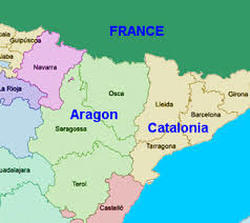 And then there is Garnacha, Grenache or Cannonau, all the same grape, but hailing from different parts of the world. Garnacha is the Spanish name for this varietal, which originated in the northern region of Spain, in an area called Aragon, bordering France. Eventually, the grape found its way to Southern France, in the region of Languedoc-Roussillon and the French called it Grenache. The grape also spread to the island of Sardinia, Italy and was given the name Cannonau. There are those that believe the grape originated in Sardinia and plantings were then taken to Spain by the Aragonese. Grenache is the most recognized name internationally and although it is grown worldwide, Spain, France, Australia and the United States have the most sizable plantings. Grenache is a red grape varietal that grows best under hot and dry conditions and ripens late in the growing season, producing Grenache-based wines with higher alcohol levels reaching up to 16%. The vines can be trellised or freestanding bush vines which are hardy and resistant to wind and drought. The skin of the berry is thin. Generally speaking, the characteristics of Grenache wines can be robust, flavorful, and juicy, exhibiting notes of red berries, strawberry, raspberry and white pepper. The wines are usually medium-bodied with mild to medium tannins. Of course, origin and terroir will help dictate how bold, fruity and complex the wine will be. The versatility of this grape is boundless and is widely used as a blending grape in such famous regions as Châteauneuf-du-Pape and Priorat, among other regions worldwide. It is used to make many rosés, fortified Port-style wines and is often blended with bold grapes such as Tempranillo. Garnacha/Grenache is also gaining momentum again as a single varietal, producing rich berry and spice flavors. Today’s focus is on Garnacha, a single varietal from Spain. Bodegas Breca, founded by Jorge Ordóñez in 2010, is located in the town of Munébrega. Ordóñez’s goal was to produce the finest Garnacha in Aragón by using the most ancient and genetically untouched clone of Garnacha in the world. The vineyards are located in D.O Calatayud, Spain’s highest region for the production of Garnacha. The vineyards were planted between 1900 and 1975 with the original clones of Garnacha in slate dominant and quartz soils. Bodegas Breca is 100% Garnacha de Aragón made from the oldest bush vine clones planted between 1900 and 1940. The color is cherry red with intoxicating aromas of ripe berries, cherry and sweet spice. The palate is layered with dark berries, plum, black cherry and pepper. This is a rich and succulent wine with smooth tannins and balanced acidity. Hints of oak, plum and pepper continue on the finish. This is most definitely a wine with unforgettable character! Alcohol: 16.5% SRP: $18 In the next few weeks I will be writing about Grenache blanc, a varietal related to the red grape Grenache.
So, whether it is Garnacha, Grenache or Cannonau, this is a worthy grape to know. Cheers! Penina To leave a comment or if you have an inquiry, please contact me at [email protected] |
Categories
All
|

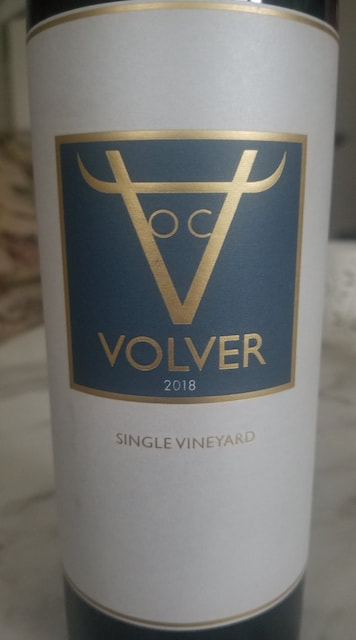
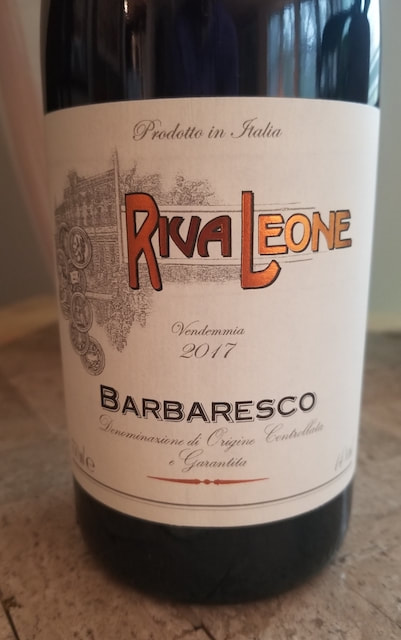
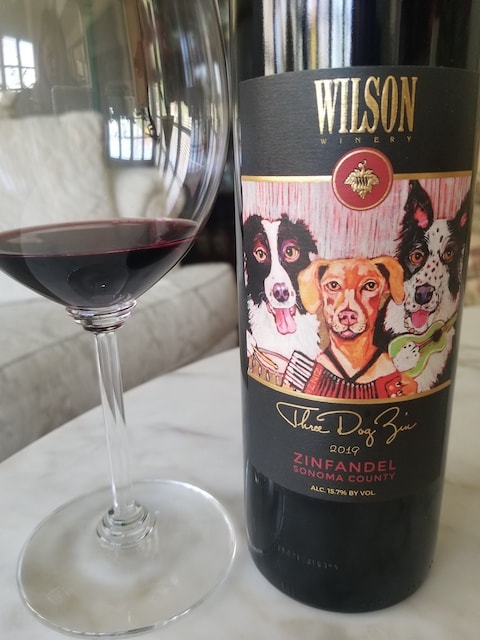
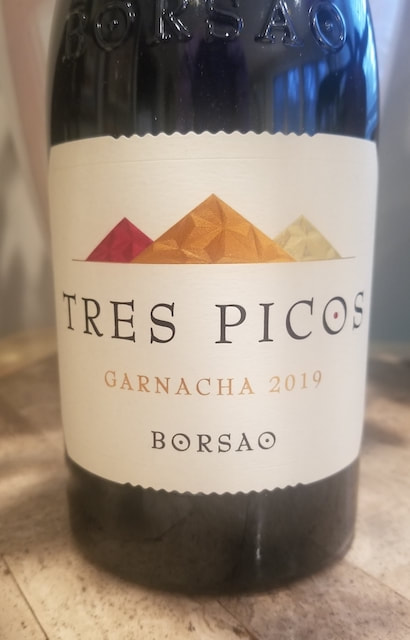
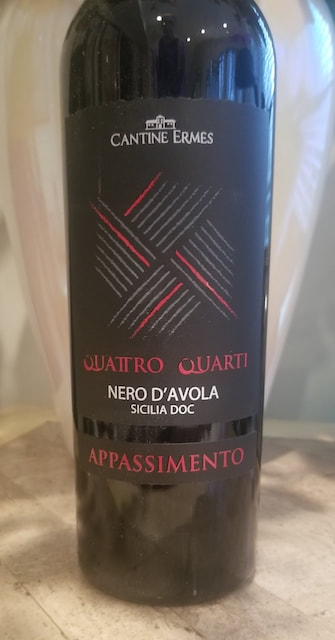
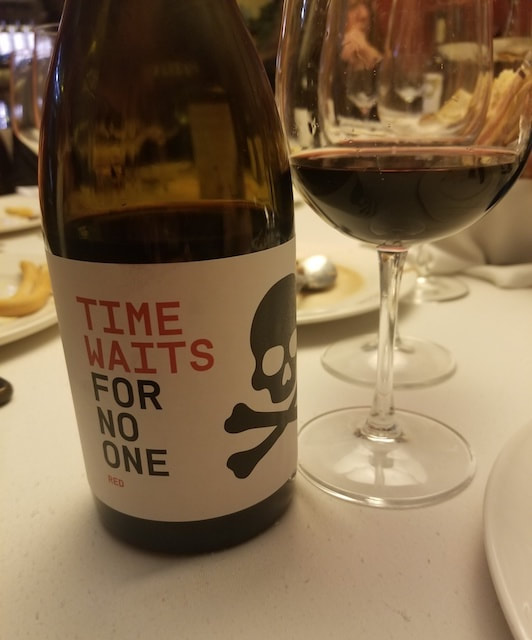

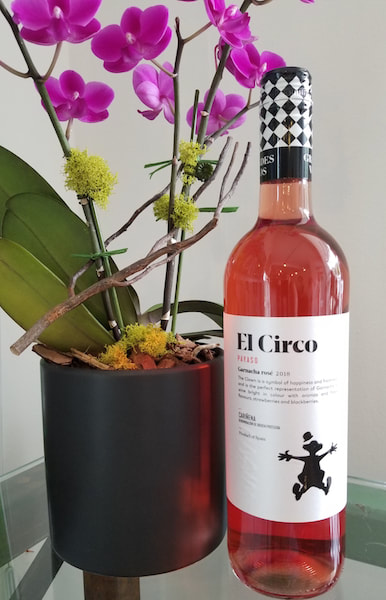
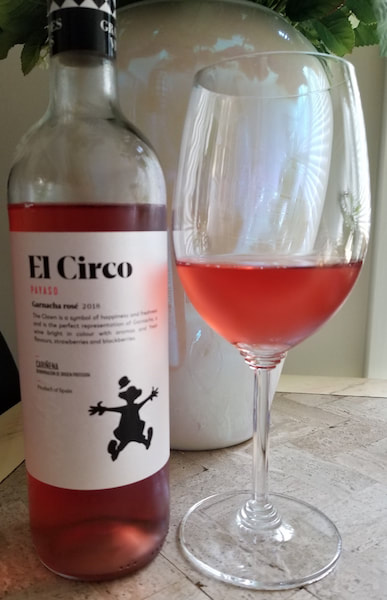
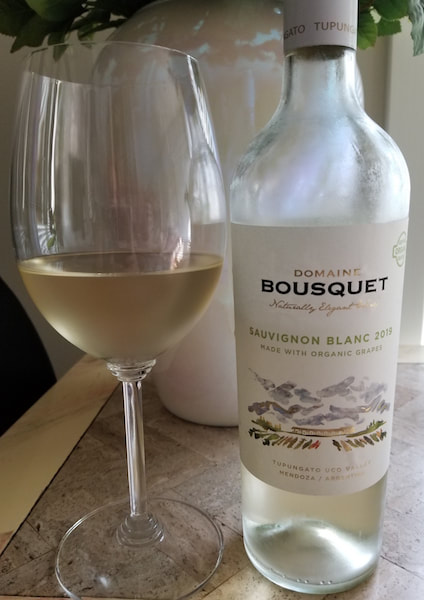
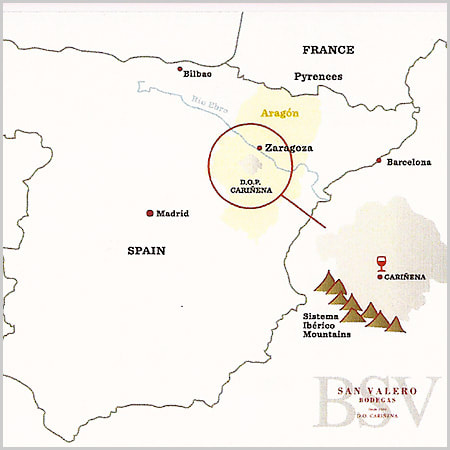

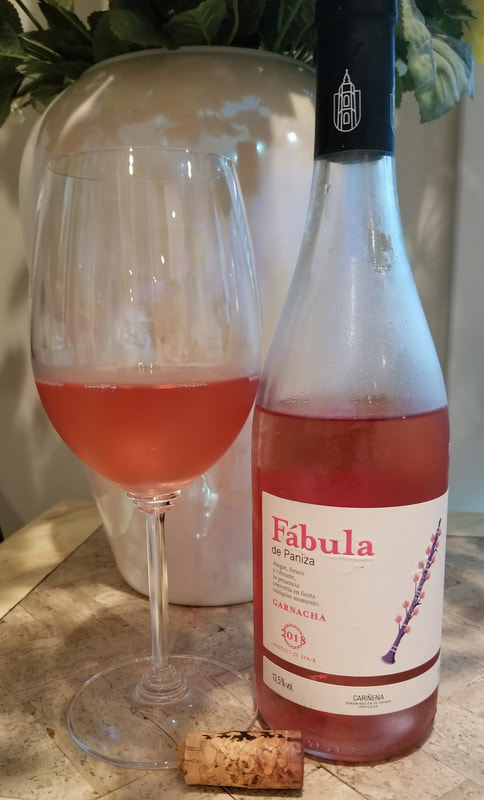
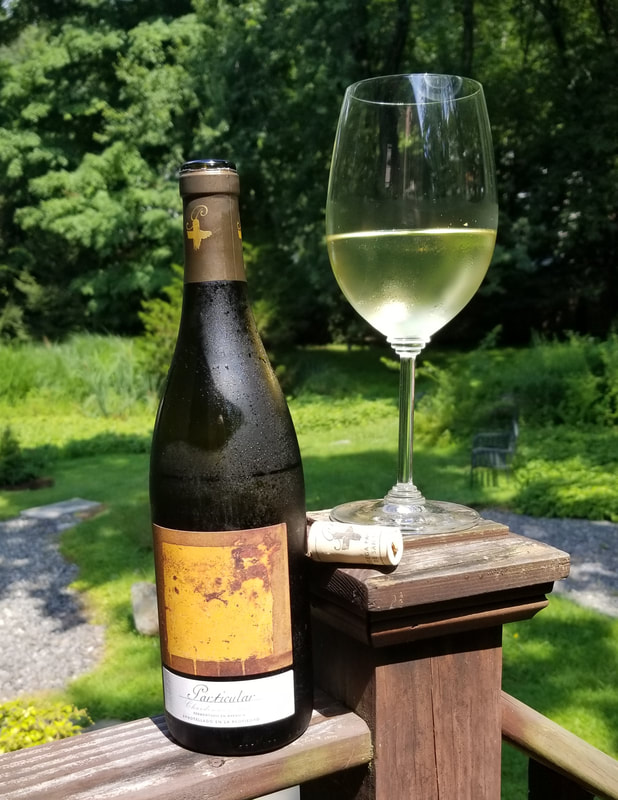
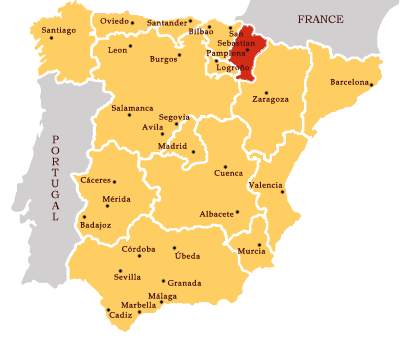
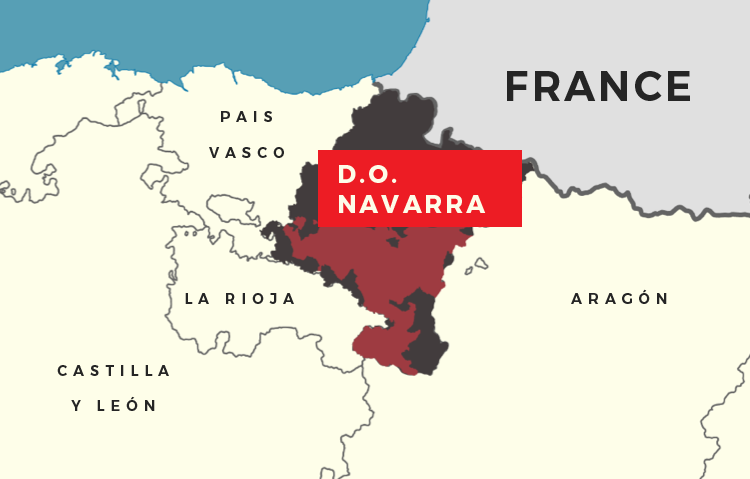
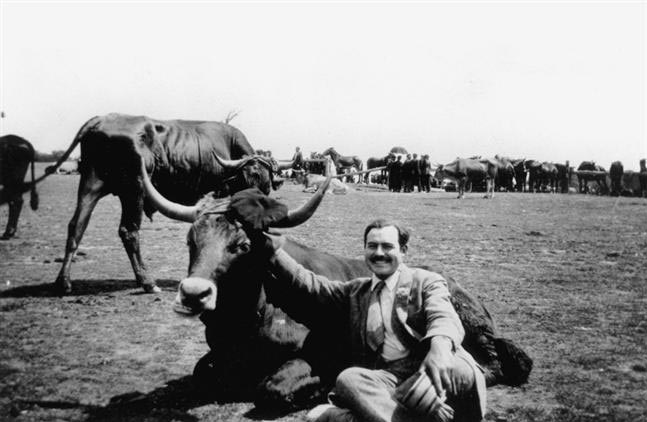
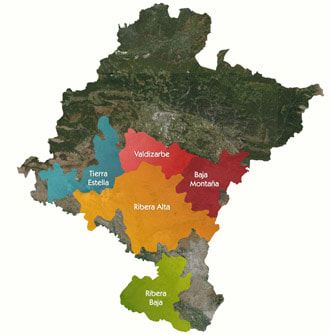
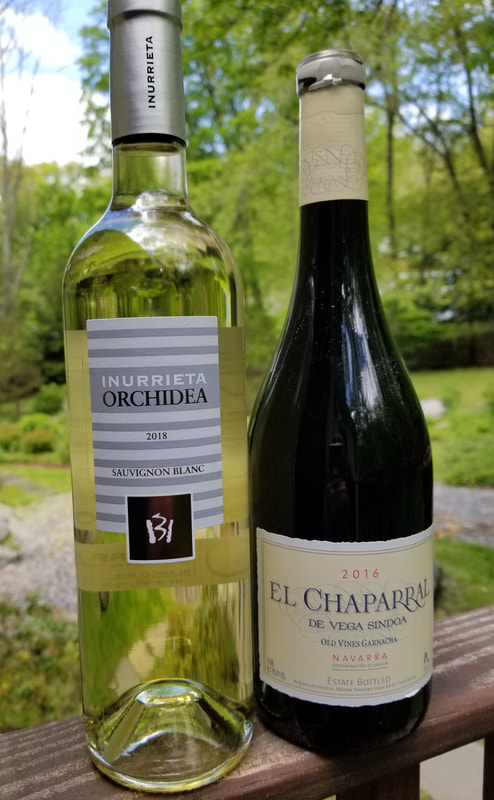
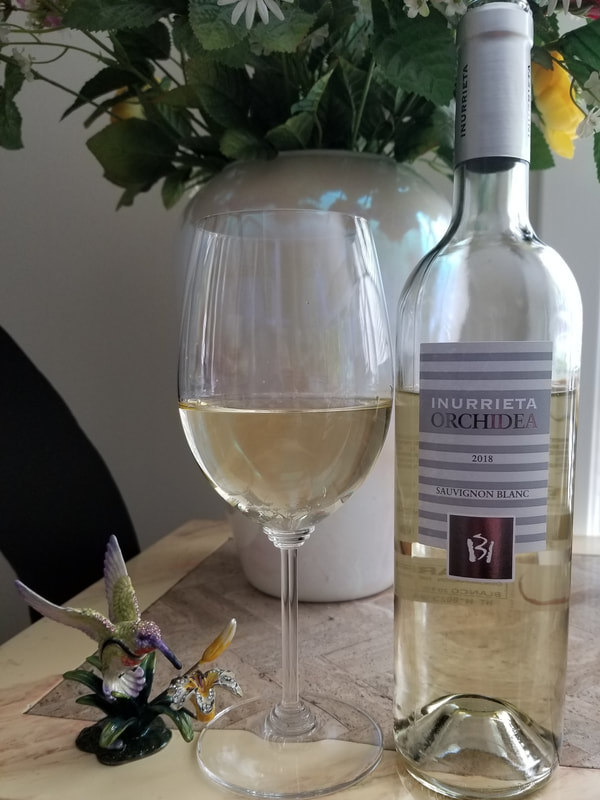
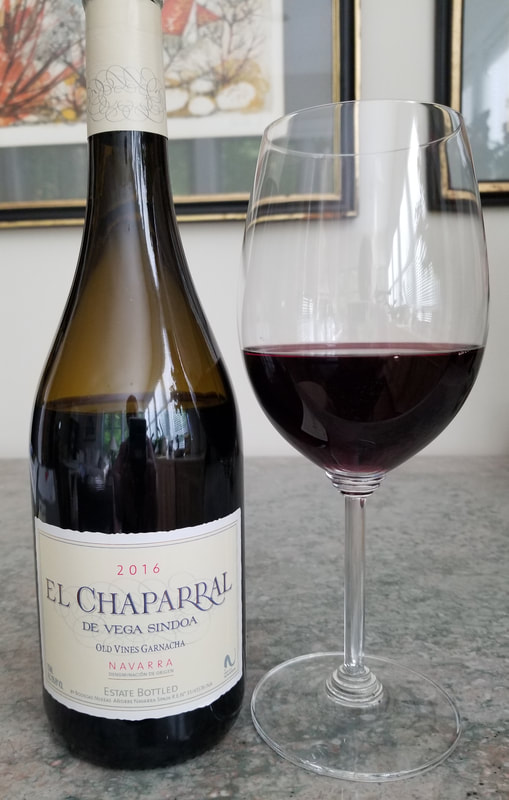
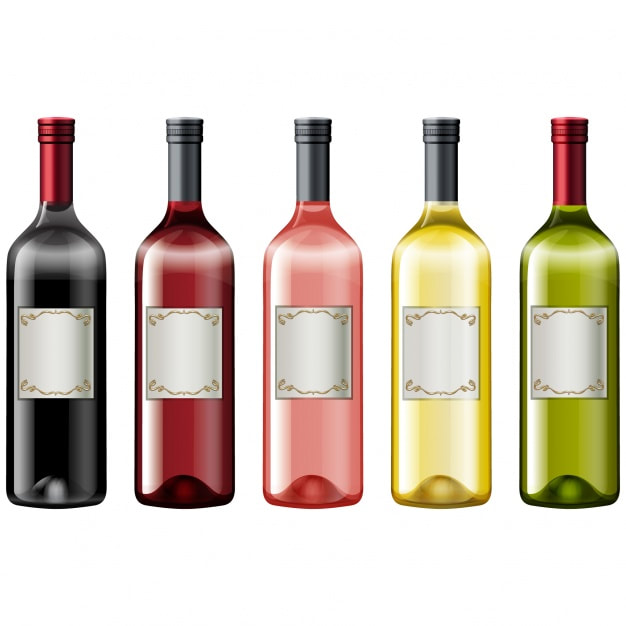
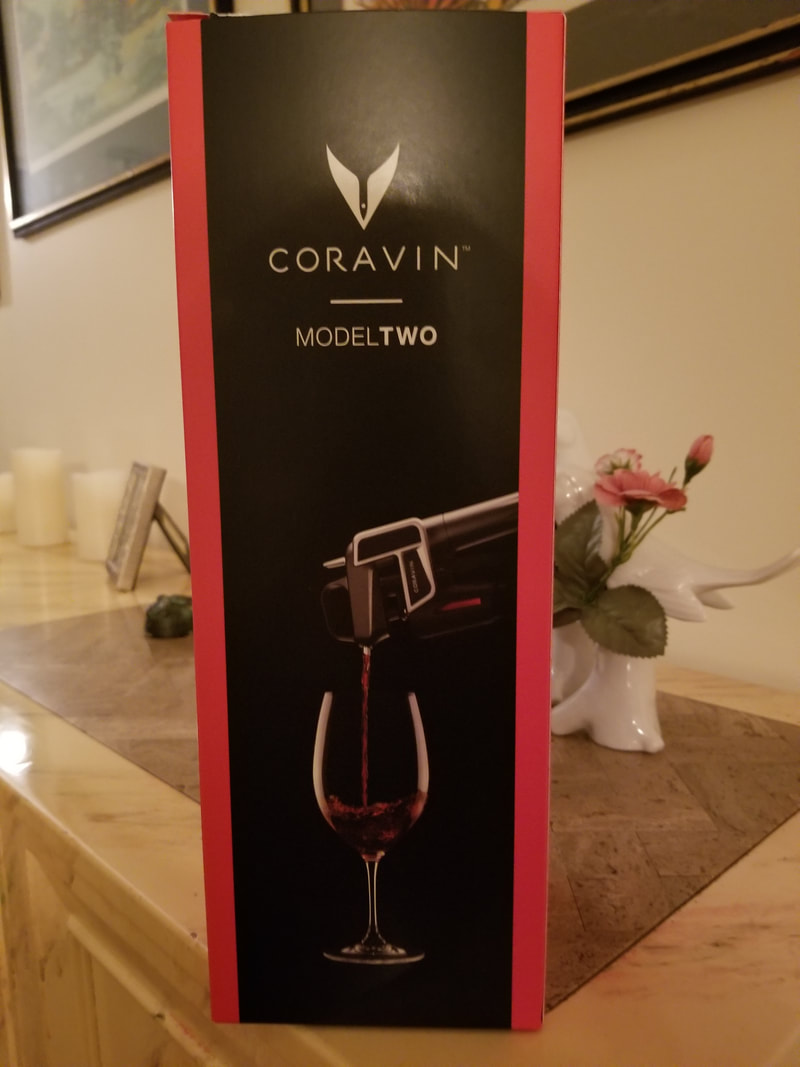
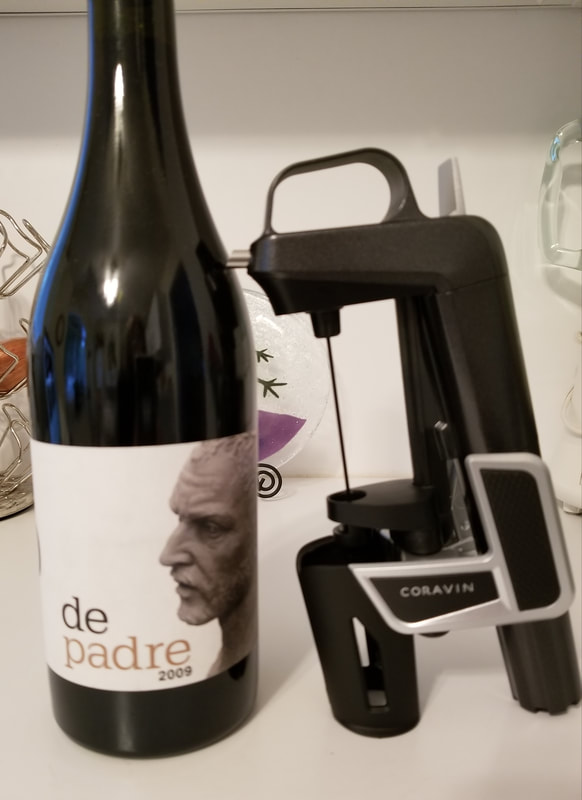
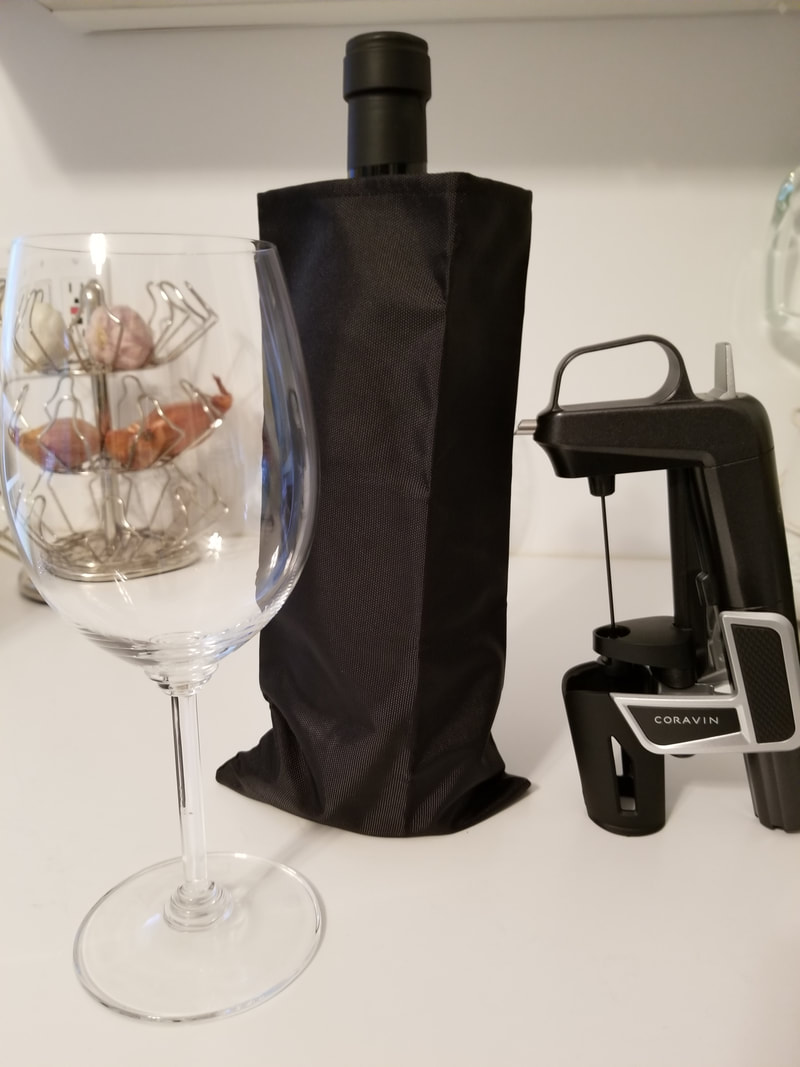
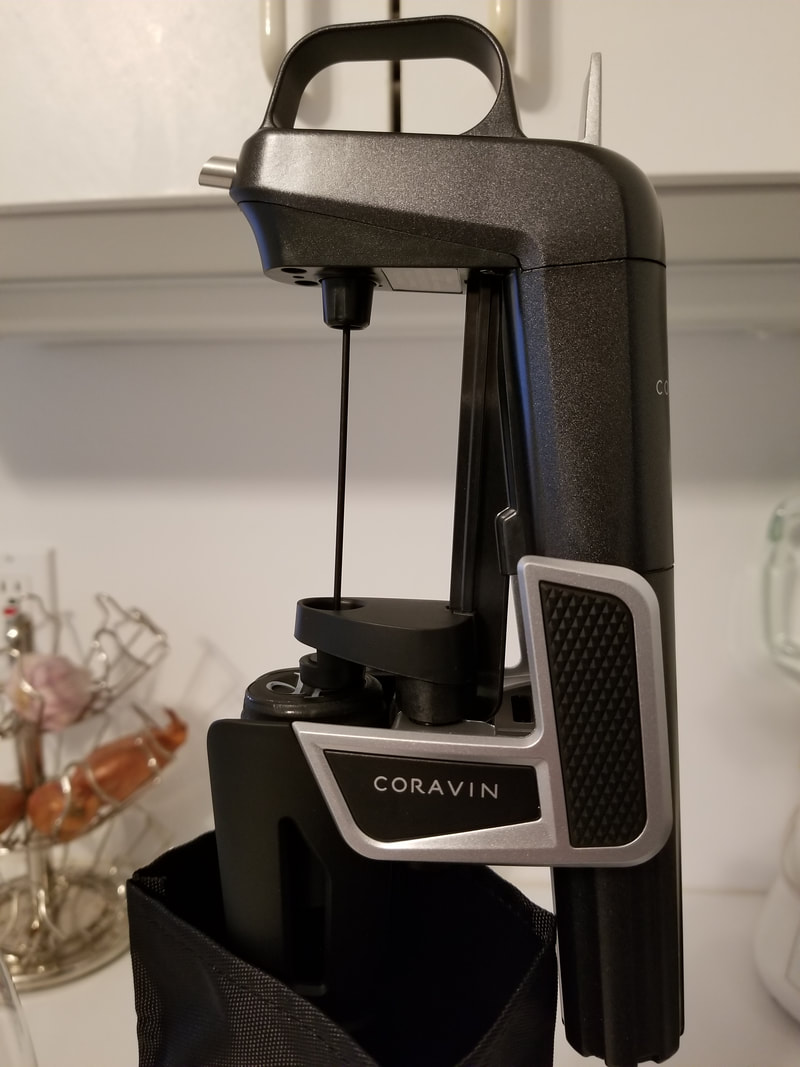


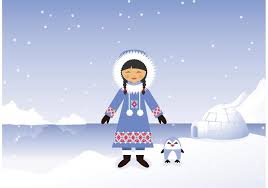
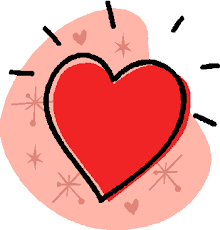
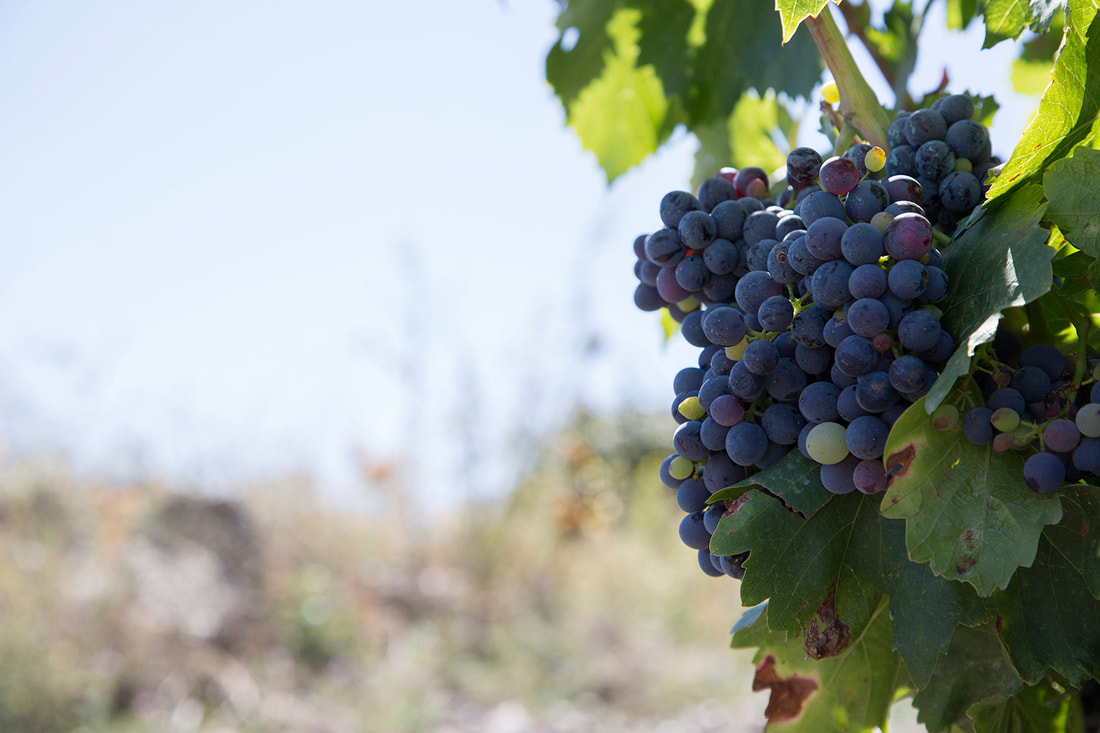
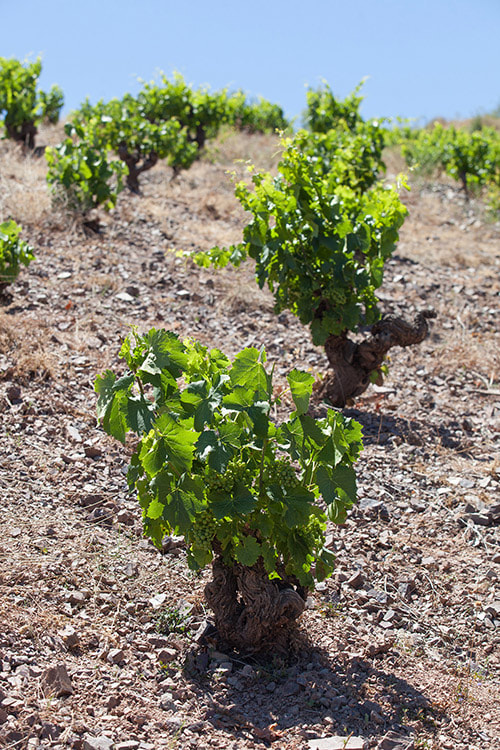

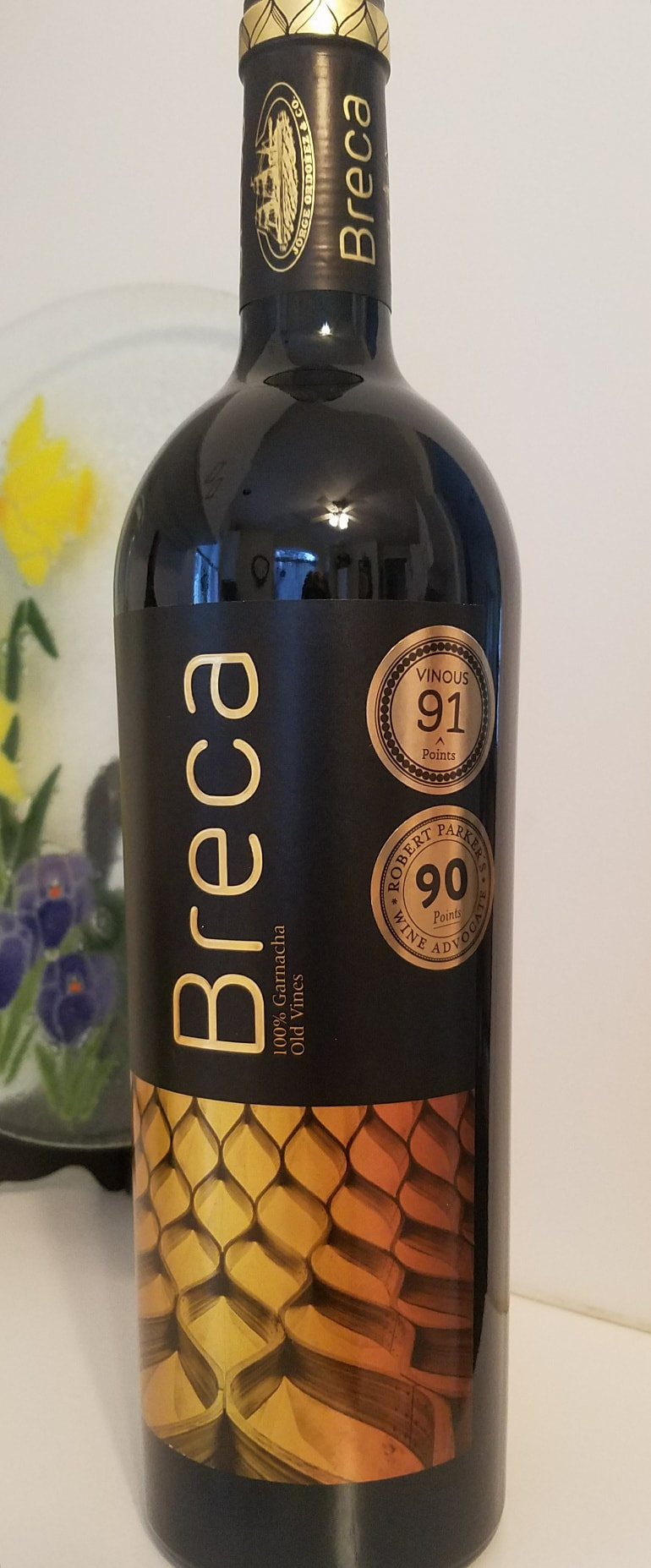
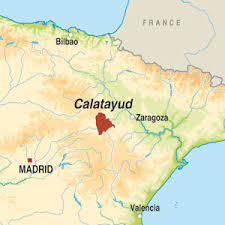
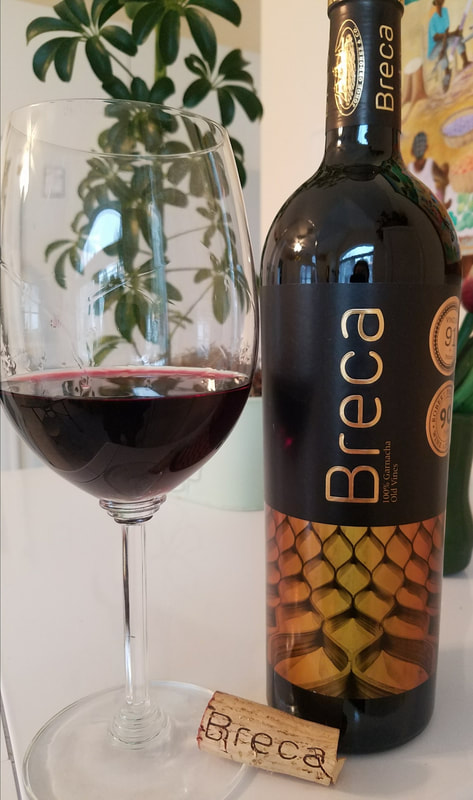
 RSS Feed
RSS Feed